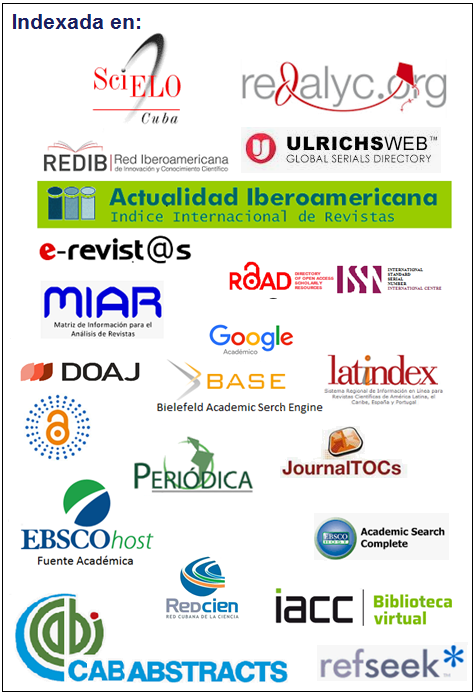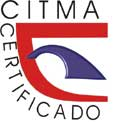¿Cómo extraer más cobalto sin afectar níquel en la lixiviación carbonato-amoniacal de menas lateríticas reducidas?
Keywords:
lixiviación carbonato–amoniaca, pérdidas de cobalto, extracción de cobalto, procesamiento de menas lateríticasAbstract
Se realiza un análisis crítico sintetizado de los diferentes tipos de pérdidas de cobalto durante la lixiviación carbonato–amoniacal de las menas lateríticas reducidas, correlacionando la experiencia mundial de la práctica industrial con los resultados de las principales investigaciones que demuestran sus fundamentos científicos. Sobre esta base se propone un procedimiento de lixiviación, compuesto por varias líneas de investigación a escala de miniplanta y 4 alternativas tecnológicas para 2 condiciones de reducción: la actual y la futura con un perfeccionamiento que garantice extractables superiores a 90 y 70 % de Ni y Co, respectivamente. La distinción esencial del procedimiento consiste en gobernar la oxidación del Fe a través del aire controlado por el potencial redox en condiciones de altas concentraciones de Fe en el licorDownloads
Download data is not yet available.
Published
2000-10-09
How to Cite
Chang-Cardona, A. R. (2000). ¿Cómo extraer más cobalto sin afectar níquel en la lixiviación carbonato-amoniacal de menas lateríticas reducidas?. Minería & Geología, 17(3-4), 7. Retrieved from https://revista.ismm.edu.cu/index.php/revistamg/article/view/163
Issue
Section
Articles
Copyright & Licensing
- Authors retain copyright and guaranteeing the right magazine to be the first publication of the work as licensed under a Creative Commons Attribution-NonCommercial that allows others to share the work with an acknowledgment of the work's authorship and initial publication in this journal.
- Authors may establish separate supplemental agreements for the exclusive distribution version of the work published in the journal (eg, place it in an institutional repository or publish it in a book), with an acknowledgment of its initial publication in this journal.
- Authors are allowed and recommended to disseminate their work through the Internet (e.g., in institutional telematic archives or on their websites) before and during the submission process, which can produce interesting exchanges and increase citations of the published work. (See The effect of open access)



